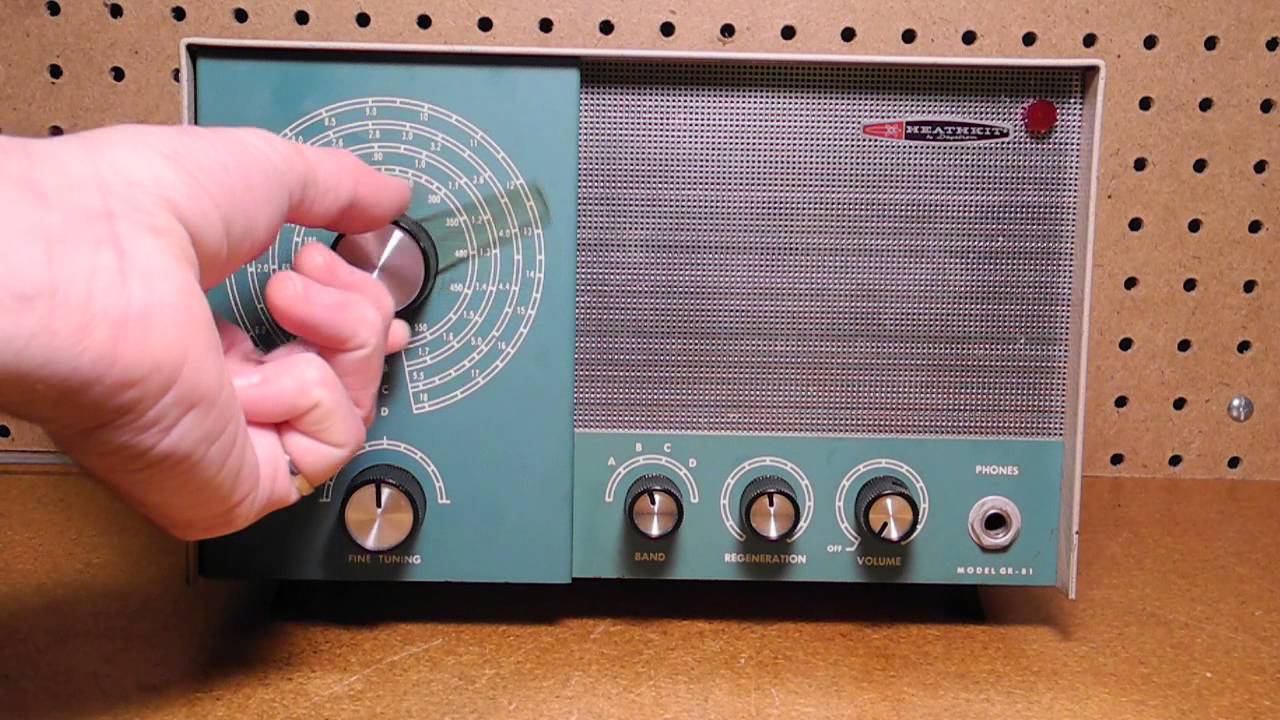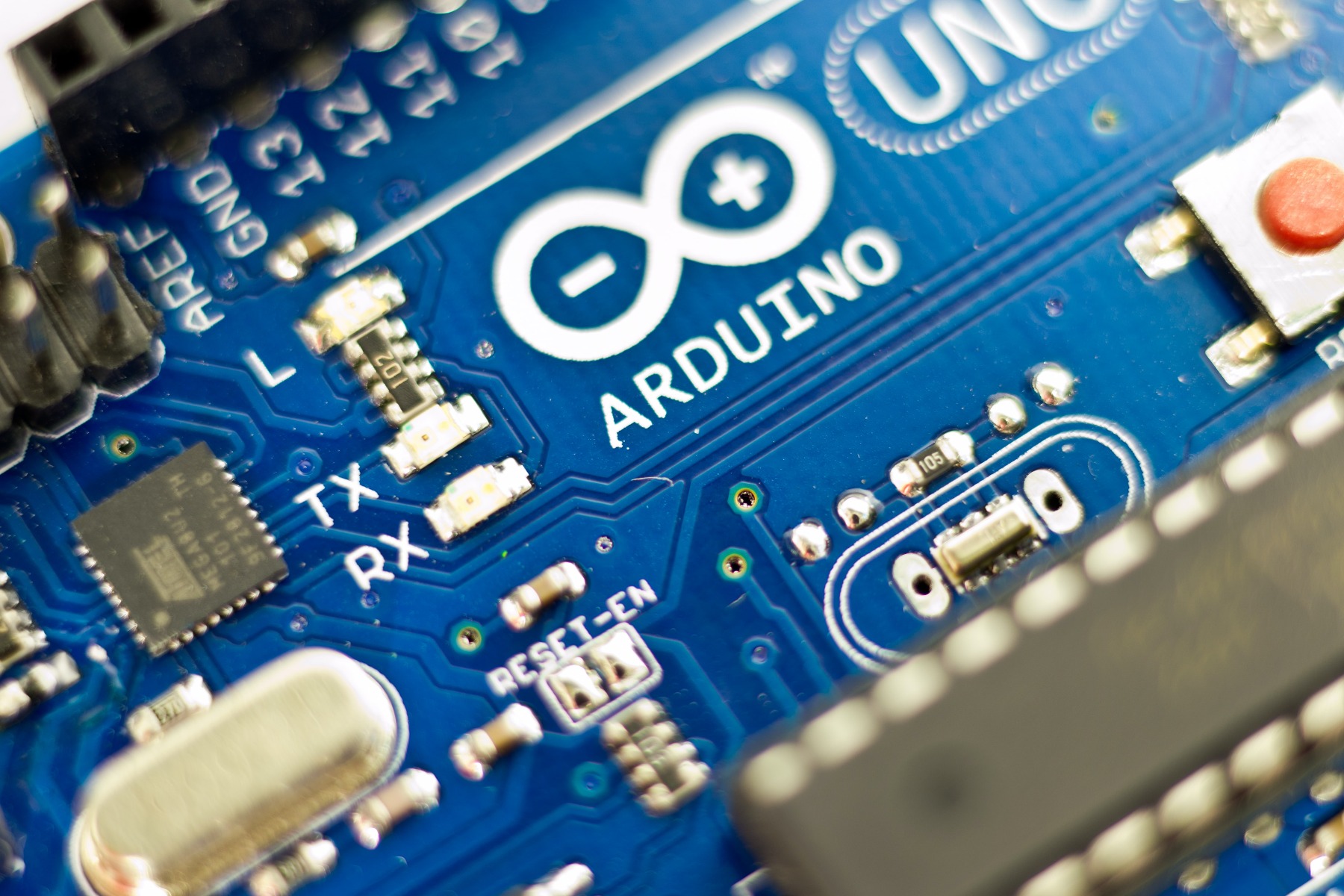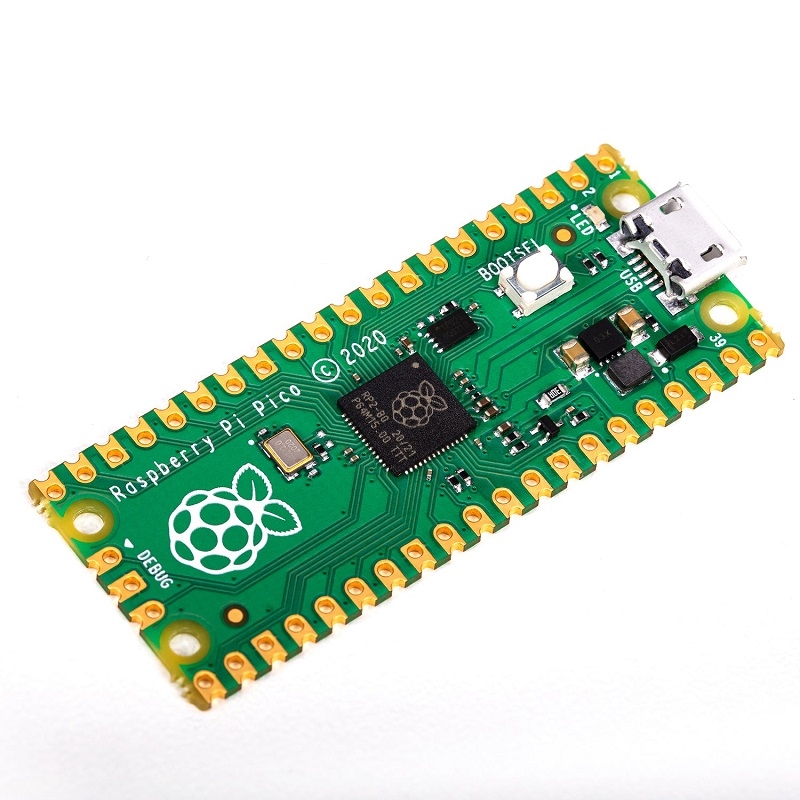Exploring the History of the Hobby Electronics
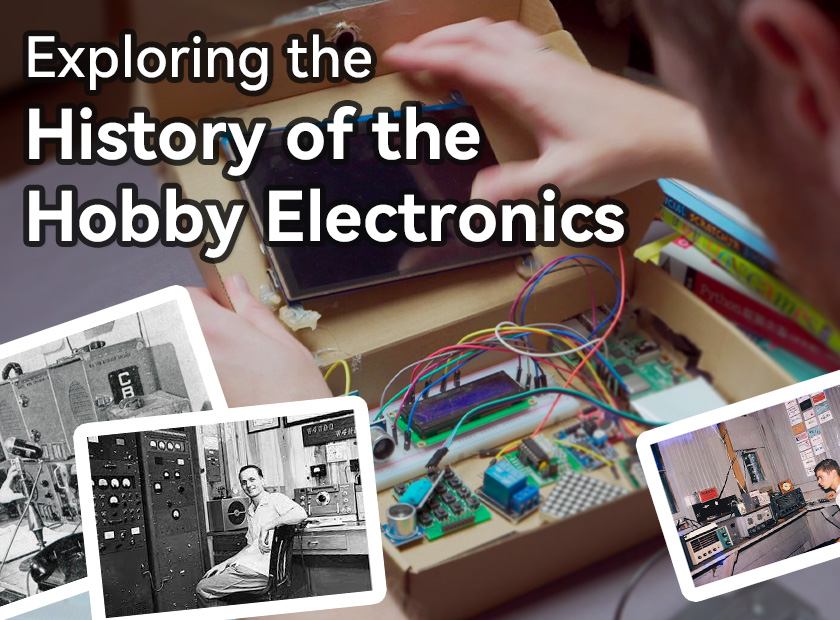
Exploring the History of the Hobby Electronics
Both hobby electronics and the maker industry are evolving fields in the technology world. The roots of hobbyist electronics can be found in the 50's of the last century.
What are Hobby Electronics, electronic hobbyists, DIY electronics, DIY electronic makers?
These terms are not too different from each other, but some details need to be explained.
Hobby electronics is the practice of creating or building electronic devices or systems as a hobby or personal interest.
The term "electronics hobbyist" specifically refers to someone who is passionate about designing and building electronics as a hobby or personal interest.
DIY electronics refers to the practice of making or building one's own electronic devices or systems without relying on prefabricated or pre-assembled components. This may involve designing and building custom circuit boards, programming microcontrollers, or assembling electronic components to create a working device or system.
The term "maker" generally refers to someone who engages in a wide range of creative and do-it-yourself activities. These activities often involve electronics, technology, and engineering. DIY electronic makers may be working on electronics projects, but they may also be working on projects in other areas, such as woodworking, 3D printing, or robotics. They often work in collaboration with other members of the maker community to share their knowledge, skills, and ideas. With the rise of DIY electronic makerspaces, hackathons, and DIY electronics projects, the maker movement has gained popularity in recent years. DIY electronic makers are often seen as innovators and problem solvers, and their work can be applied to fields as diverse as education, health, and the arts.
While DIY electronic makers can be involved in many projects beyond electronics, electronics hobbyists are specifically passionate about electronics and might dedicate more of their time and resources to designing and building electronic devices or systems.
How about The Past of Hobby Electronics?
The first half of the 20th century was a time of tremendous optimism about technology, which was seen as right around the corner. Anyone who wanted to be part of the future was on the lookout for what was next.
What attracts people to electronics as a hobby? Basically, it's the desire to create something interesting and practical. The challenge of building something cool is a big factor, with different levels of difficulty for different people. Some hobbyists need help and guidance, while others have a natural ability to create without much help.
Ham Radio Historical Periodicals
With the advent of shortwave radio, people could communicate with kindred spirits who might live a hundred miles away. Traveling the same distance today is a moot point when you compare the roads and vehicles of the time, as it could take an entire day to make the round trip.
Amateur radio operators are known as hams, or radio amateurs, who got a radio, set up a tall antenna, and started communicating with others who shared their interest, tens or hundreds of miles away. These hams were dedicated to the hobby. They had to get licensed by the FCC, which was cool in itself. Now this group could work together to build better radios, talk to each other, and feel like real professionals.
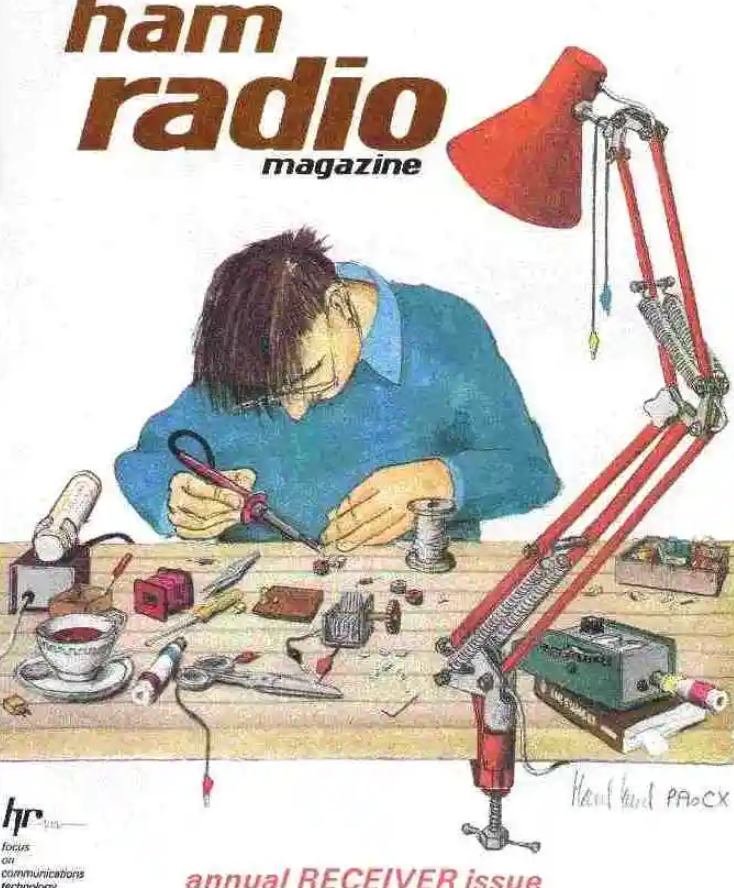
Popular Electronics, which started in 1954, was probably the first magazine for hobbyists. This was really the only resource for hobbyists. People would wait by the mailbox for a peek at the latest project they could build using resistors, capacitors, and vacuum tubes. Tinkerers of the future wanted to play with TVs, radios, and pretty much anything that used electricity.
Heathkit Popular Mechanics Magazines
Heathkit was a company that, along with Popular Electronics magazine, offered electronics kits for enthusiasts to build themselves. Heathkit's first product was the OS1 oscilloscope kit, which allowed hams to test and repair their radios at an affordable price.
The kits included all the necessary parts and detailed instructions, making it easy for people to get started in electronics. Heathkit released many other kits over the years, including a color television and an electronic organ. These kits were even used by schools and Bell Labs for education and coursework.
This early encouragement of innovation helped establish America's leadership in the electronics industry and laid the foundation for the burgeoning computer industry. No longer limited to military and government research, computers became a ubiquitous part of our daily lives.
The Invention of the Integrated Circuit Board
The invention of the integrated circuit board was a major breakthrough that revolutionized home computing. Dozens of transistors that once occupied the space of a dime could now be replaced by a one-inch chip with legs that could be soldered to a circuit board. This led to the development of the microprocessor, which made it possible to assemble relatively simple computers that could read and write data through programmed instructions. Although today's computers operate on a much larger scale, the basic principles remain the same.
In the early 1970s, groups of enthusiasts began experimenting with these new ICs and microprocessors to build innovative devices. Hobbyists formed clubs to share knowledge and ideas and to show off their latest creations. One of the most notable groups was the Homebrew Computer Club near Stanford University, where Steve Wozniak and Steve Jobs made the leap from hobbyist to consumer with the creation of the Apple II. The rest, as they say, is history.
How about the Present of Hobby Electronics?
Arduino and Raspberry Pi
The availability of affordable products such as Arduino and Raspberry Pi has revolutionized the hobbyist market in recent years. These simple and inexpensive SoCs (System on a Chip) have made it easy to connect electronic components to the board and program them to perform various functions. This has significantly lowered the barriers to entry for beginners, and a quick search on YouTube for "Arduino projects" will reveal hundreds of videos showcasing unique projects built with these devices.
The act of "making" is a natural offshoot of electronics enthusiasts who seek to integrate technology into everyday objects, art, and crafts. While electronics hobbyists were once dominant in the U.S., the impact of the Internet has spread the hobby worldwide, particularly in countries like China, India, and Eastern Europe that previously had limited access to components and information. This has led to a proliferation of content producers in these countries.
Lego Mindstorms
Recently, products such as Lego Mindstorms have gained popularity and appealed to a younger generation, offering the opportunity to build, program, and explore robotics.And even for today, Lego Mindstorms EV3 is still popular in STEAM education industry and robotics learning field, as the successor of the second generation LEGO Mindstorms NXT kit, it creates a lot of oppotunities for beginners to start their first robot.
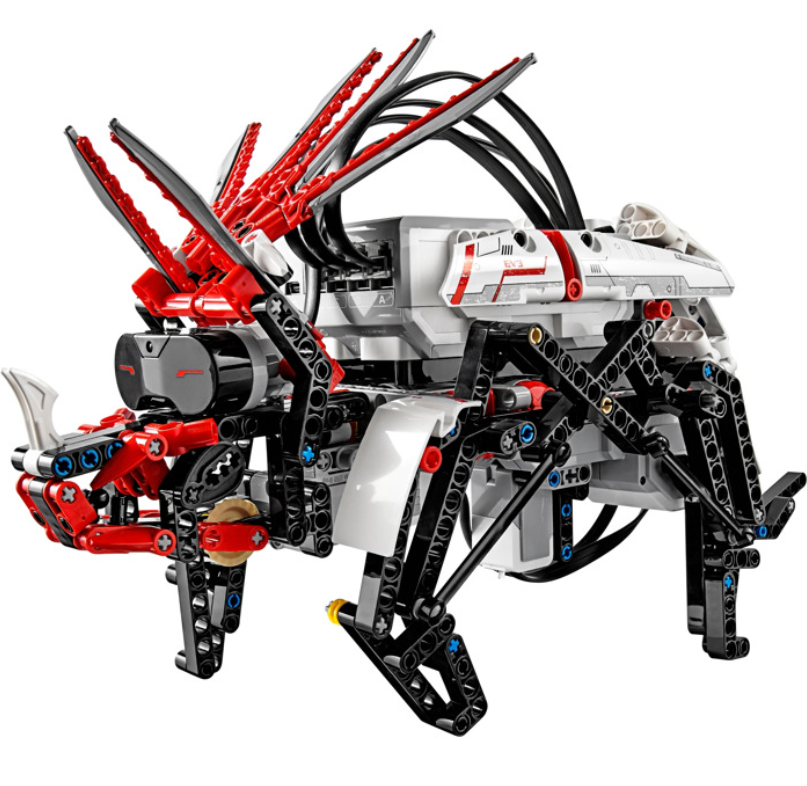
Today, there are even more hardware products like Lego Mindstorms EV3, Arduino, Raspberry Pi and projects related to DIY electronics and Hobby electronics as the maker movement grows in popularity.
How about the future of Hobby Electronics?
More and better electronic products are coming out that are compatible with Arduino IDE, support Bluetooth v4.2, etc. More single core or dual core processors, great products like esp32 development board series- esp32 and esp8266 chip developed by espressif systems have come to the market, raspberry pi 4 model products from raspberry pi foundation have also made their way to stir up the maker industry. More IoT applications of electronic cases of all kinds of possibilities have been practiced. All these make the future for makers and electronic hobbyists have more choices to realize their creative ideas.
In the old times, you can't imagine that an AI chatbot can even write codes for DIY electronic makers, electronic hobbyists, nowadays all these become true, the OpenAI release of ChatGPT3.5 and ChatGPT4 has already ushered in a new era for DIY electronic makers, the ChatGPT is so smart that it can even easily write codes for arduino and other maker projects.
We have illustrated the magic features and details about the AI bots in our previous blogs, see more details here.
INTRODUCING CHATGPT4: THE NEXT GENERATION OF LANGUAGE MODELS
WHAT IS CHATGPT AND CAN CHATGPT WRITE CODE FOR DIY electronic makers?
Final Words
The history of electronics hobbyists is splendid, with makers constantly pushing the boundaries of creativity through DIY electronics projects. Elecrow, as a maker-oriented company, is dedicated to empowering makers to realize their dreams and achieve new levels of excellence in their projects.
We understand the importance of high-quality components in the success of any electronics project, which is why we offer an extensive range of good-quality components to support your creative endeavors. Elecrow also provides a sales platform for DIY electronics makers and welcomes partner sellers to showcase, sell their products online and earn benefits!
At Elecrow, our commitment to helping makers achieve their goals is unwavering, and we strive to provide exceptional customer service and support to all our clients.
Elecrow has strong supply chain sources and can provide you with a variety of components with high-quality and competitively priced components through multiple channels. From the resistor, capacitor, inductor, diode and triode, rectifier bridge, and IC to any type of connector, shell, wire/cable, and button, Elecrow can help you source them all. The service is designed to save you money and time so that you can concentrate on your work and not worry about sourcing issues.


